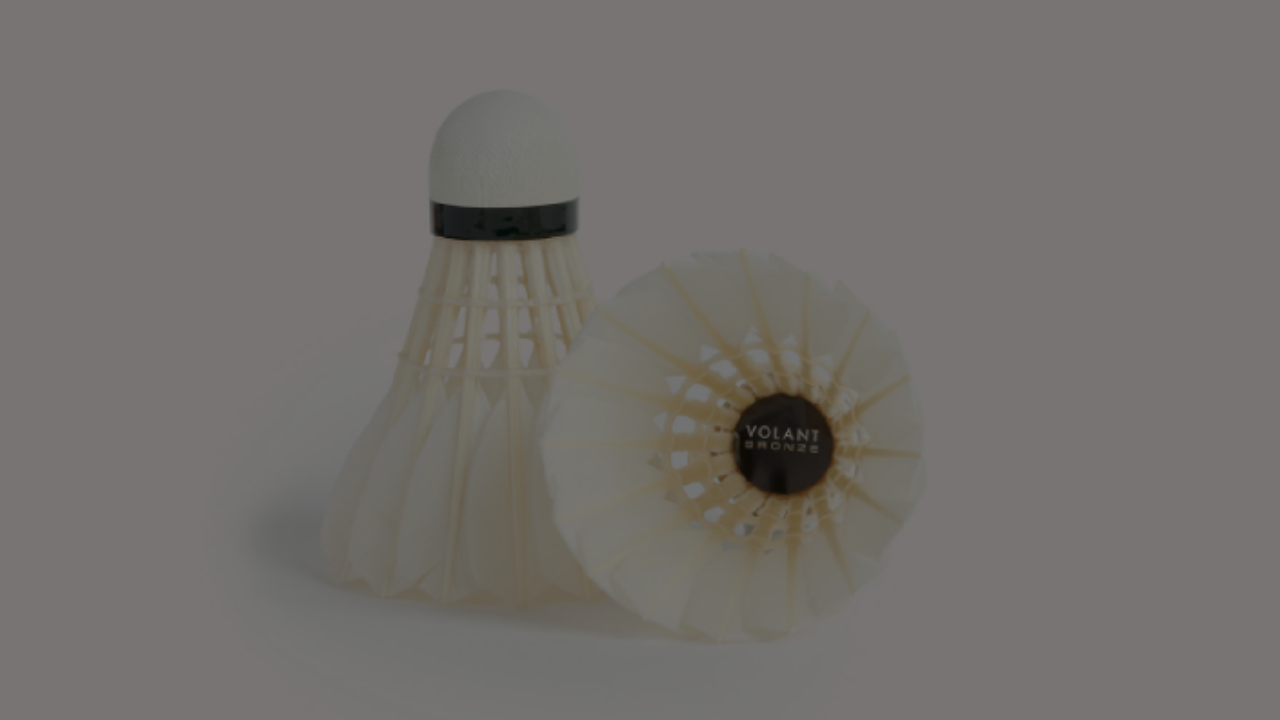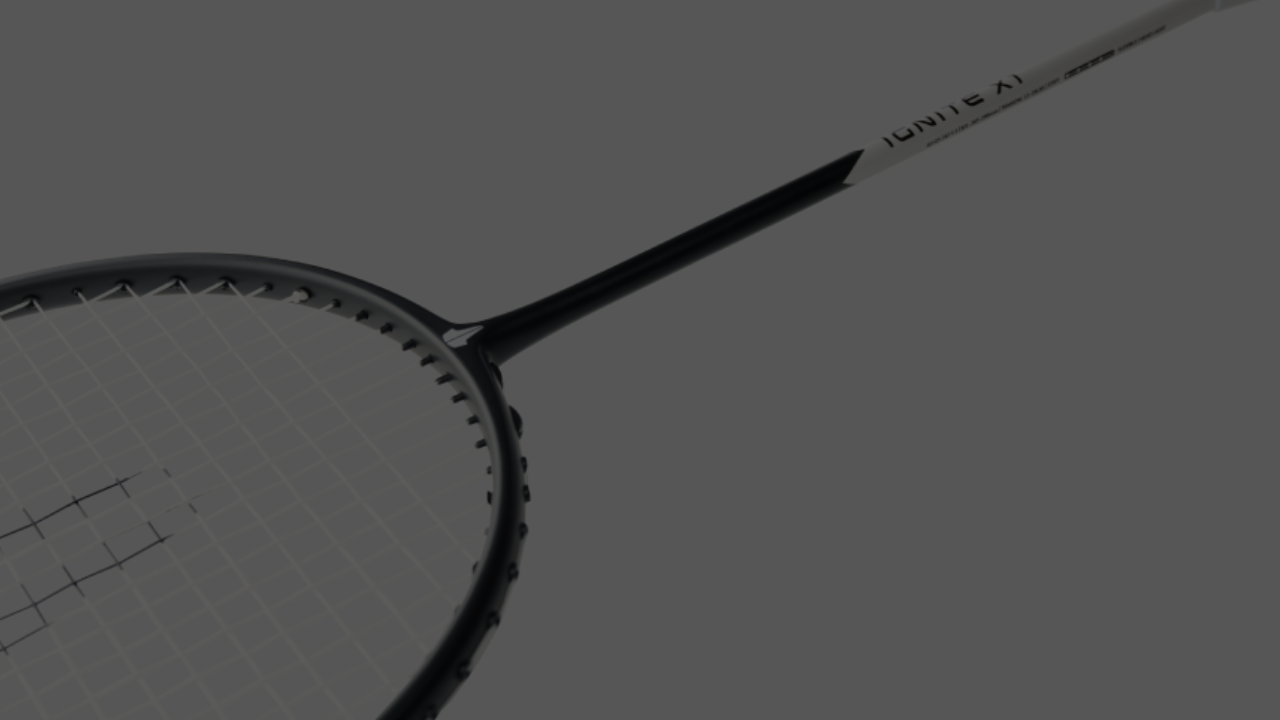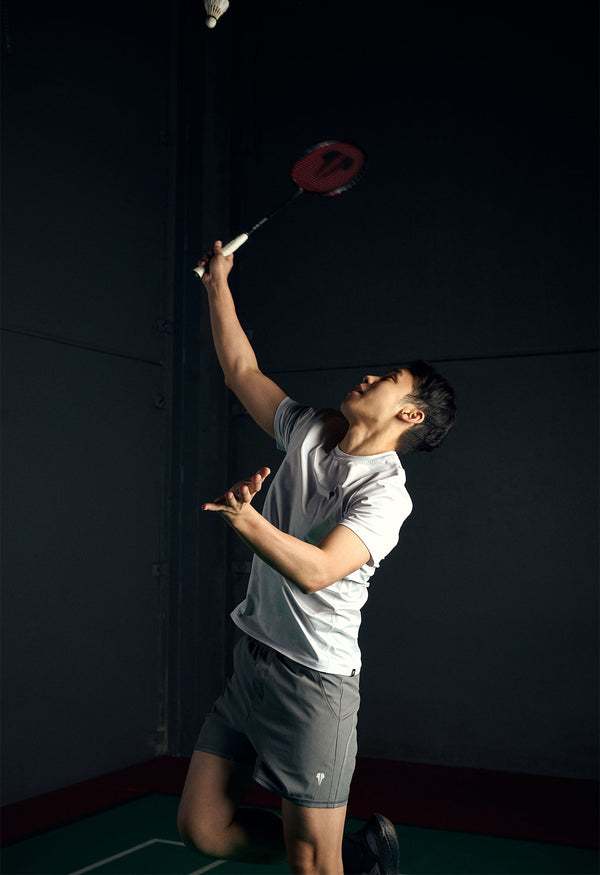Your Cart is Empty

March 25, 2020 2 min read
Badminton injuries.
I've definitely had my fair share from hip surgery, cortisone injections in my hip, ankle, feet and toe. Back injuries. Shoulder injuries. Elbow. Neck. Knee. Quadricep. Hamstring. Calf. Rotator cuff. You name it - I've probably had it in some way, shape or form.
Badminton is quite an unforgiving sport for the body. There's lots of jumping, leaping and bounding, plus a lot of stop-start movements which are heavy on the joints and muscles. Sprains, slips, strains and tears are all common badminton injuries. And there's the fact that it is one-side dominant.
That's why we brought Justin on for Episode 9 of The Badminton Podcast.
He is an accredited exercise physiologist, personal trainer, and anavid badminton player. He is extremely passionate about health and fitness, and his vision is to create a future where all people in society maintain a healthy lifestyle in the absence of injury.
He has been researching strength training and injury prevention for badminton players and has become an expert in this area.
In this episode, Justin uses literature and his background in sports science to explain the importance of strength training in the prevention of the most common badminton injuries, that’s applicable to badminton players of all levels. He runs through several different exercises that you can start doing today, and the next steps to get more information as you progress forwards.
Have a listen and start using these tips in your exercise and gym program to get the most out of your body!
Let us know what you think and be sure to tune into our other episodes on your favourite podcast platform: Spotify, Stitcher, Apple Podcasts, Google Podcasts, Breaker, Anchor, Overcast, Pocket Casts, RadioPublic, Player FM. Just search for "The Badminton Podcast".
Or you can visit:www.anchor.fm/thebadmintonpodcast and get direct links for your preferred platform.
See you in the gym!
Jeff is an ex-international badminton player who represented Australia at the Commonwealth Games (twice as a player & once as a coach), World Championships, All England Championships and multiple Thomas and Sudirman Cups. He was the Australian National Coach, Senior State Head Coach and is the co-founder of Volant badminton & The Badminton Podcast. Jeff is extremely passionate about building the worldwide badminton community & showing the world how incredible our sport really is.
Comments will be approved before showing up.

August 20, 2025 2 min read

July 17, 2025 2 min read
Shuttlecocks aren’t cheap, and replacing them constantly stings the wallet. With a little care, though, you can stretch their lifespan and keep your game flying high. Whether you’re using feather or nylon, here’s how to make them last—plus why Volant Badminton’s options are worth your shot.

June 25, 2025 2 min read
Strings wear out—it’s a fact of badminton life. Slack, frayed, or snapped strings kill your shots, so knowing when to restring keeps you sharp. How often depends on your play, and here’s how to figure it out—plus why Volant Badminton’s gear makes it easy.
Be the first to know when a new blog post comes out!
Curated articles, tips and advice, tailored to the sport of badminton.
Sign up and enjoy 10% off your first order.

Join the Volant Community and improve your game!
*Discount code excludes shuttlecocks